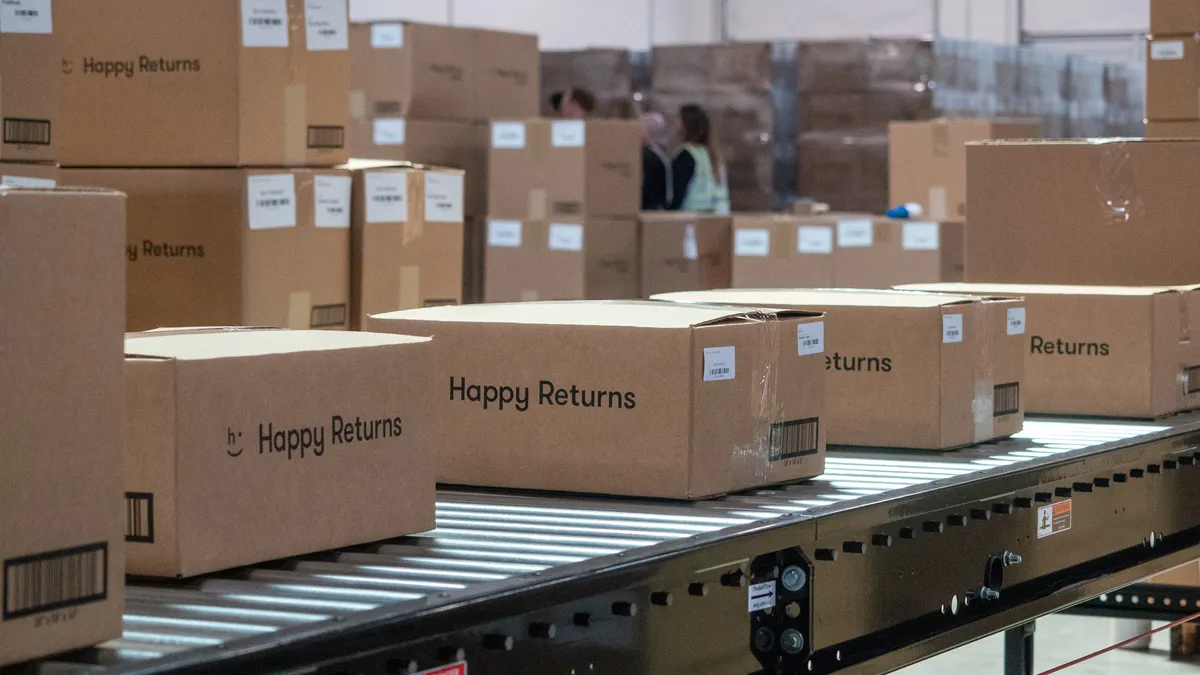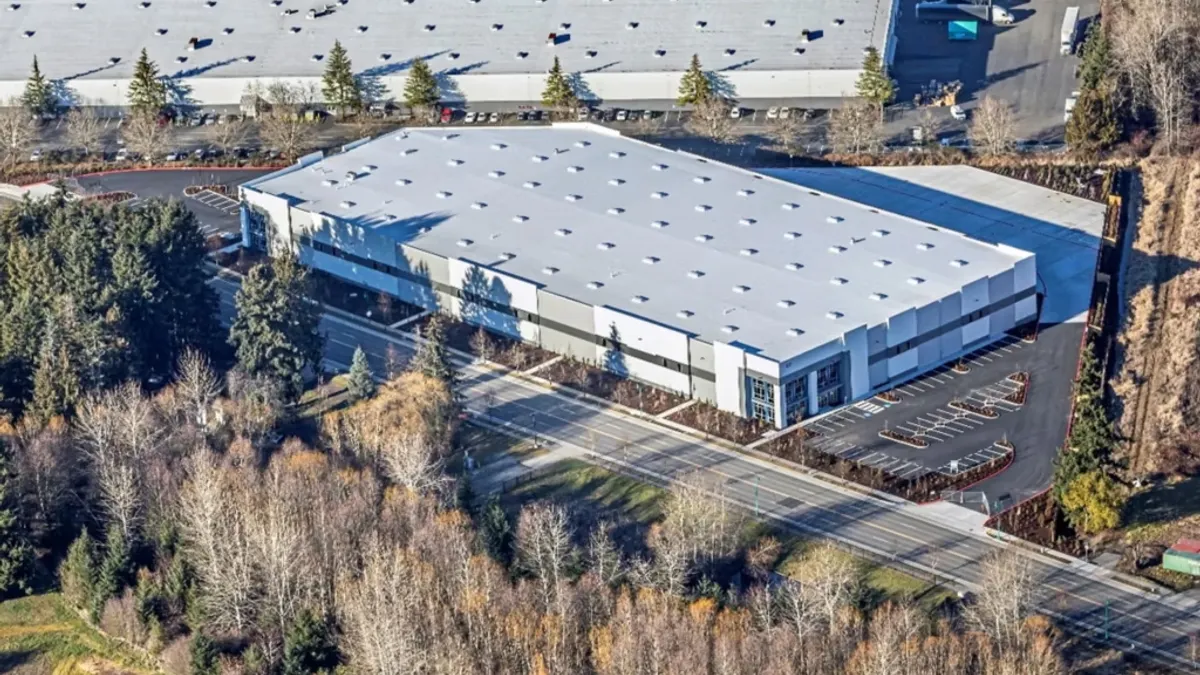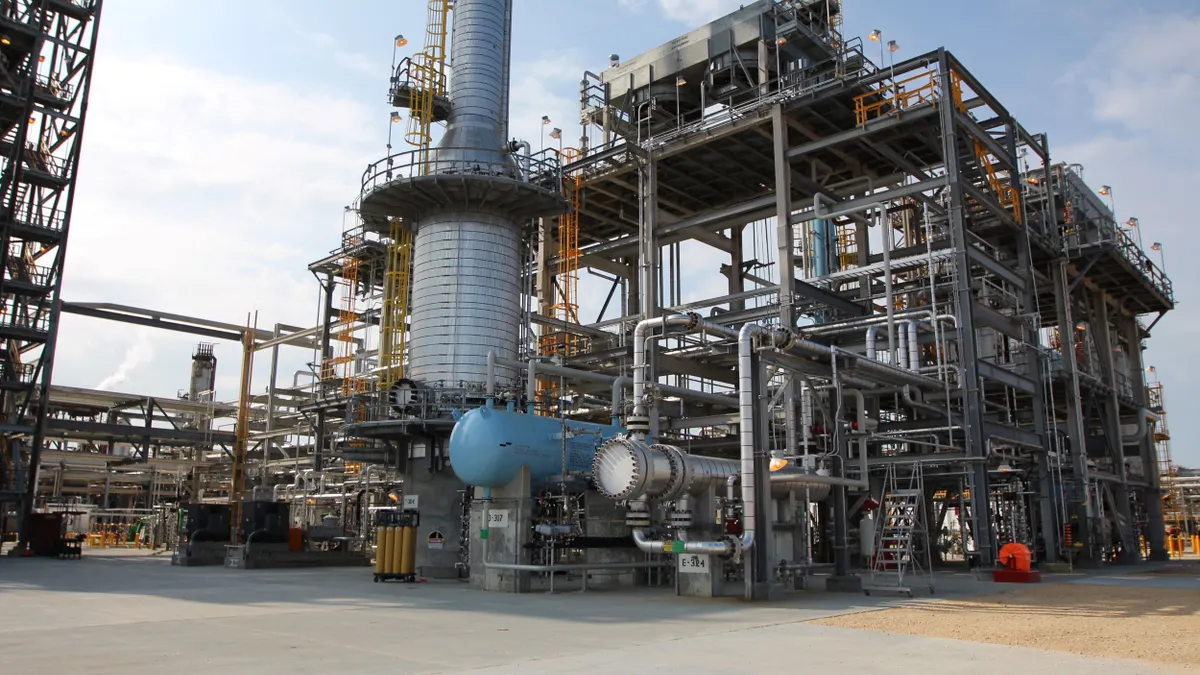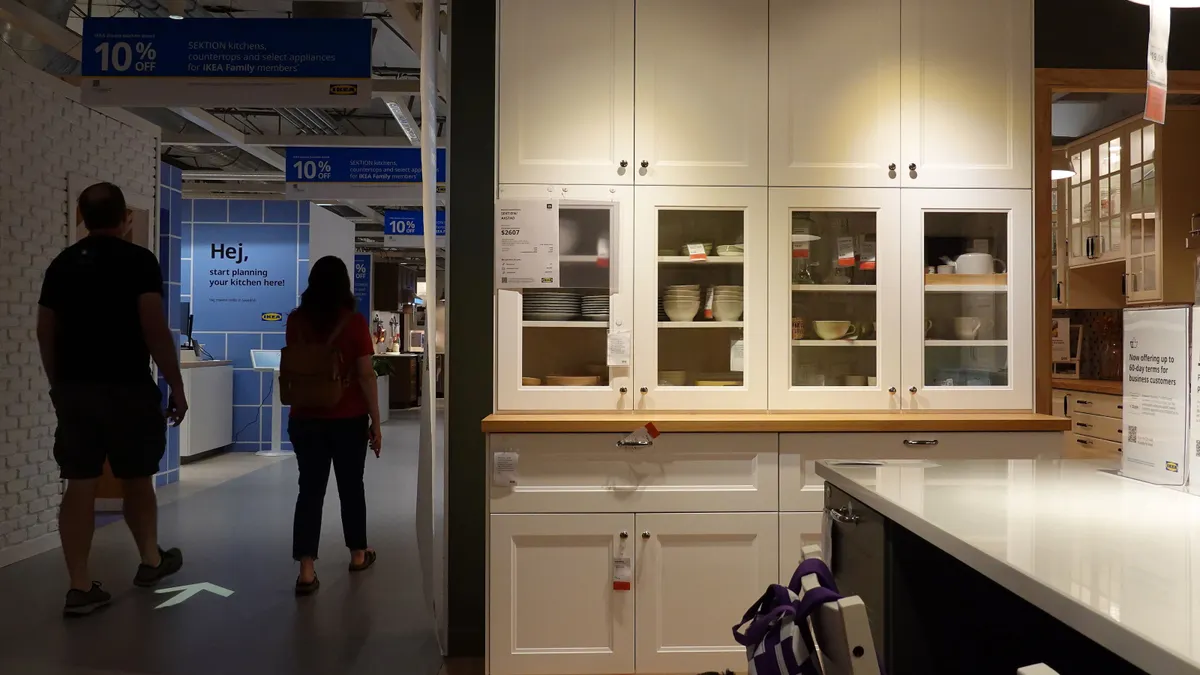At a time when consumers are demanding faster and more flexible retail fulfillment, supply chains are being pushed to their limits. Retailers and distributors are seeking more warehouse space, but they also need flexibility and agility to move distribution and inventories on the fly.
Many are looking to a variety of flexible warehouse options, including establishing their own "pop-up" distribution centers and acquiring temporary space through short-term leases and in non-traditional spaces. Whatever path they take, pop-up supply chains are becoming a common method to respond to seasonal or changing demands.
Pop-up schemes add flexibility to the supply chain
Manhattan Associates said in a recent white paper that the blending of direct and store channels has radically changed retail supply chains. It is no longer enough that they simply be efficient: They must also be agile, nimble and supported by technology and organizational flexibility.
As a result, retailers are creating pop-up supply chains to ensure they can quickly and cost-effectively respond to seasonal demand spikes and consumers’ desire for fast fulfillment. Pop-up supply chains can leverage assets in a network and support demand changes throughout the year without large capital investments.
"Retailers of all sizes now need more points to cut down their transit time and shipping costs, and they're looking for new options."

Ben Eachus
Co-founder and CEO, FlowSpace
Retailers are seeking to achieve this through innovative arrangements with third-party logistics providers (3PLs), alternative warehousing solutions such as self-owned networks, drop shipping models or outsourced 3PL networks. Another growing trend is "micro warehousing," where retailers put small distribution centers close to large urban areas and hold a limited selection of popular SKUs, Eric Lamphier, senior director of product management at Manhattan Associates, told Supply Chain Dive.
Despite the need for more distribution points, CBRE Group noted in a press release that much of the country’s warehouse stock is decades old and "ill-suited for the demands of e-commerce." Many of these available facilities built prior to the mid-2000s have low ceilings, small footprints, inadequate docking and uneven floors.
"E-commerce has created demand for a new type of warehouse with different dimensions, locations and capabilities than what most of the existing U.S. supply offers," David Egan, CBRE Global Head of Industrial & Logistics Research, said in a statement.
The appeal of temporary and pop-up warehouses
Demand for flexible warehouse space is being driven by a variety of omnichannel and online-only retailers, Ben Eachus, Co-founder and CEO of FlowSpace, told Supply Chain Dive.
Amazon and large retailers have changed delivery expectations to a two-day window, and many retailers need to match it to stay competitive. Meanwhile, smaller retailers aren't equipped to handle unpredictable forecasts and can't always hit the minimum order requirements of larger 3PLs.
"Retailers of all sizes now need many more points to cut down their transit time and shipping costs, and they’re looking for new options," Eachus said.
Jeff Mueller, Vice President at Sedlak Supply Chain Consultants, told Supply Chain Dive some of Sedlak’s apparel retail clients are looking for more cost-effective ways to temporarily scale up during peak season. Many are looking at a variety of facilities, including non-traditional options including vacant department stores and malls, with a focus on short-term leases, Mueller said.
Pop-up distribution centers must be more flexible, portable and adaptable as many of these spaces can have low ceilings and limited configurations. Many retailers are using small robotics and automation for such facilities, Lamphier said. "It can be implemented very rapidly and allows for a lot of scalability and quick spin-up and spin-down for temporary, flexible warehousing," Lamphier said
One essential element of a pop-up warehouse is the right IT infrastructure. Retailers need a high-level of inventory visibility and accuracy to ensure just-in-time deliveries and the most efficient fulfillment. Many of these distribution centers are holding limited selections of the most popular configurations of in-demand products, Lamphier said.
Manhattan said many retailers are using "lightweight" cloud-based warehousing applications to run these facilities. "These virtual WMS-lite systems can be rolled out in days and offer a good hybrid solution for this need," the report said.
Crowdsourced and on-demand warehouse services pop up
Some retailers are even looking to on-demand or "crowdsourced" solutions that transact warehouse space between buyers and sellers.
FlowSpace works with 3PLs and non-3PLs across the country who have excess or unutilized space, then allows them to list it on their site with appropriate prices for the region. In a process that can traditionally take weeks or months, FlowSpace can usually quote a customer and get them in a building within 24 hours, Eachus said.
"There’s a growing number of customers who definitely need the ability to access space [quickly]," he said. "They need to put their inventory quickly into new locations to take advantage of a different promotion or to accommodate a forecast that didn't materialize."
"E-commerce has created demand for a new type of warehouse with different dimensions, locations and capabilities than what most of the existing U.S. supply offers."

David Egan
Global Head of Industrial & Logistics Research, CBRE
On-demand warehousing enables companies to access warehouse space on demand and pay only for what they use, instead of having to rely on longer contracts with 3PLs. The options also enable retailers to more efficiently scale and grow at a time when rents are near an all-time high. And for those with excess space, these platforms enable them to recoup a part of their overhead.
"There’s a mismatch when you’re growing into the building but while you have that empty space, you need to find a way to mitigate your rent expense because it’s an important driver of e-commerce unit cost," Eachus said.




















